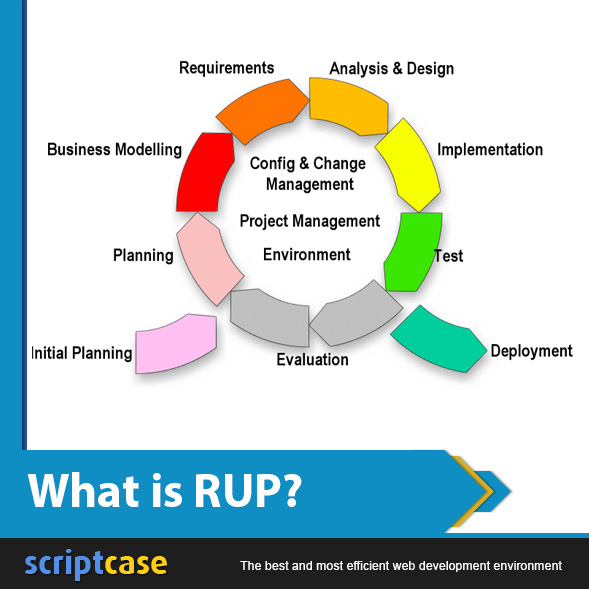Deadlines became a huge problem in Software Development (as in class submissions) and big organizations had to set some methodologies to streamline the process.
The Unified Software Development Process (USDP) is a standard and free framework! You can adapt it to your needs and the only thing you need to do is follow the rules and understand the essence behind it.
It composes of four phases:
- Inception
- Elaboration
- Conception
- Transition
And has the following characteristics:
- It is use-case driven
- It is architecture-centric
- It is risk focused
- It is iterative and incremental
Before start programming, you need to set goals for each of the phases and the focus of the workflow. Let’s start with each of the phases:
1.Inception
During this phase you establish the key requirements of your project and also risks and feasibility. At the end of this phase you may create a proof of concept prototype. During this stage there is no test applicable. There is an architecture vision and stakeholders agree on the objectives of the
project.
2. Elaboration
During this stage the main goal is to advance more with the architecture and to capture most of the use cases. Also, it is needed to prepare all the planning for the construction phase, and it includes costs, time, equipment and so on.
3. Construction
This is the phase where developers are coding. The goal here is to analyze, design, implement and test solution for each use case. It is important to maintain the integrity of the architecture and solve all critical problems.
4. Transition
During this stage you prepare all the documentation and user manuals, correct last defects and prepare the user site for the new software. Here the focus must be in correct uncovered problems. Finally, the product can be released after it.

What is RUP?
Rational Unified Process is an instantiation of USDP. RUP is a product marketed and owned by Rational Corporation and its first version was released to the market in 1998.
What makes RUP so unique is that use cases are not only a tool to specify the requirements but they serve as guidance for design, test and implementation. They’re a key element in the workflow.

Image from Scriptcase Blog
There are six practices that must be followed in RUP:
- Developing software iteratively
- Managing requirements
- Using architectures based on components
- Modeling the software visually
- Checking the quality of continuously software
- Controlling changes to the software
The iterations in the process make it incremental and facilitate a continuous integration of new features. Also some of the benefits of RUP are that risks are reduced at an early stage and reusability increases.
References: